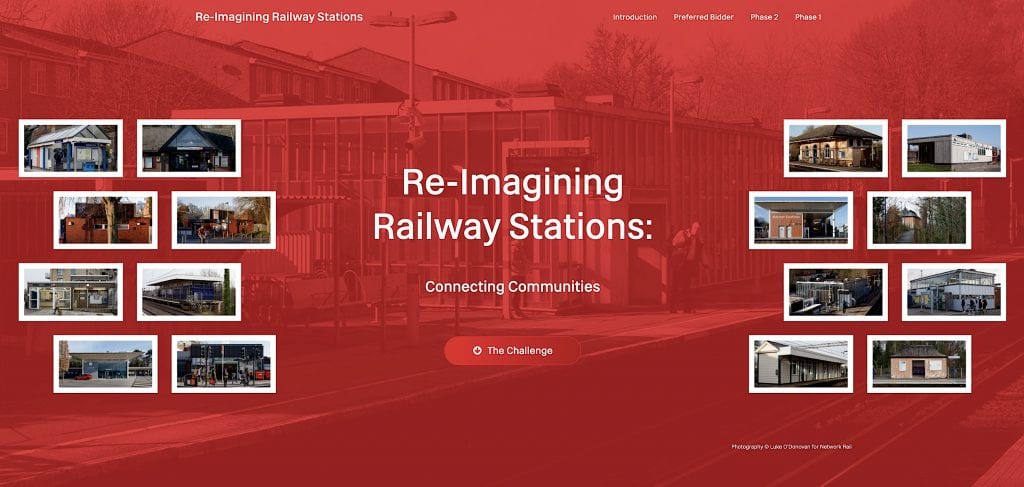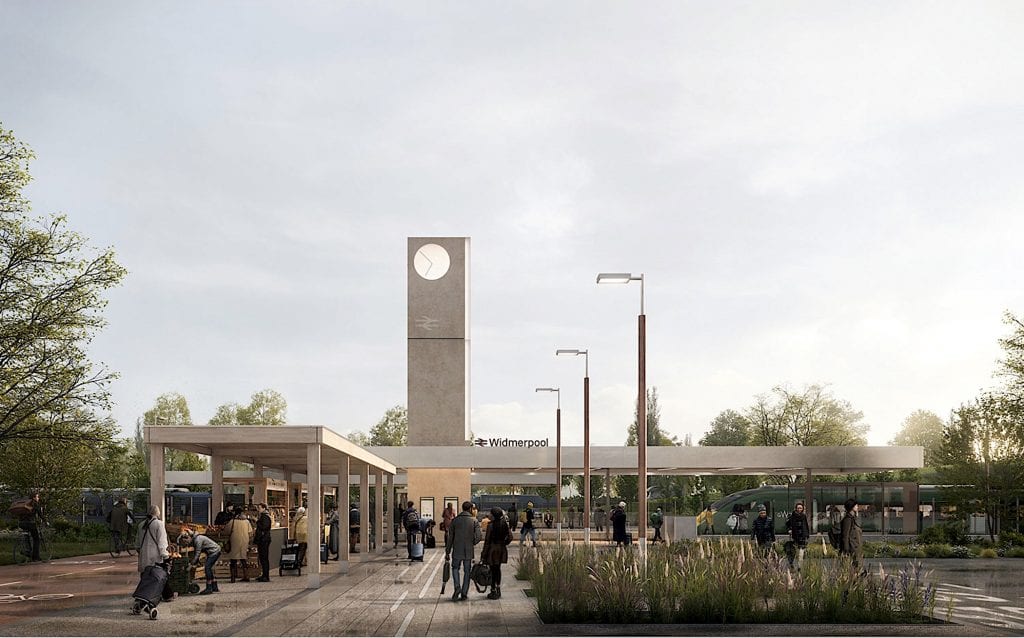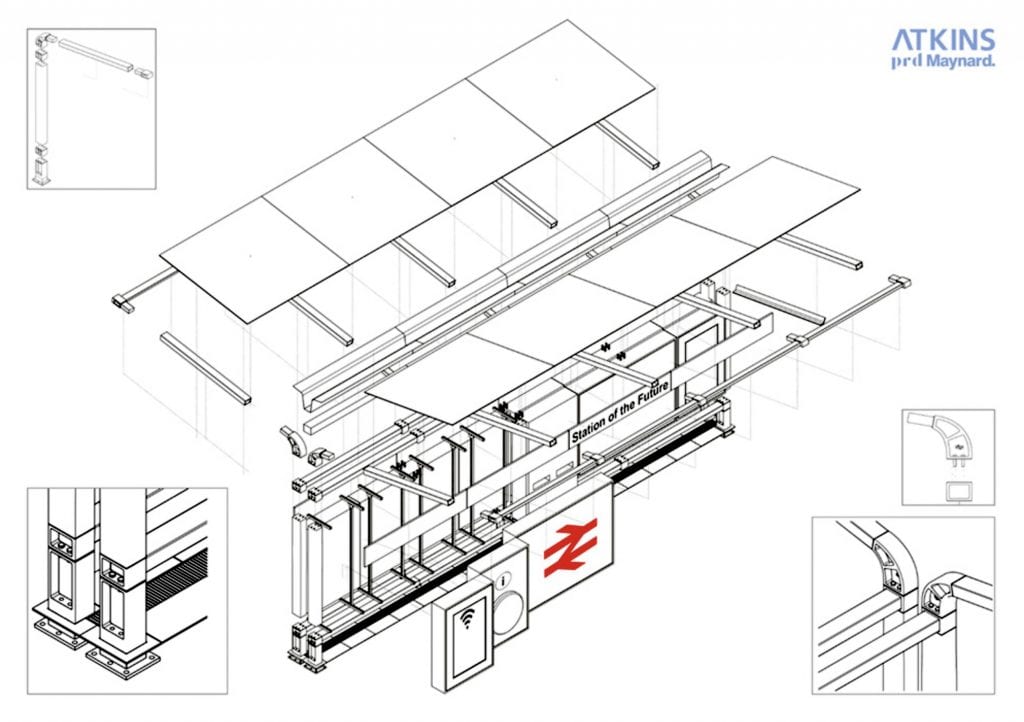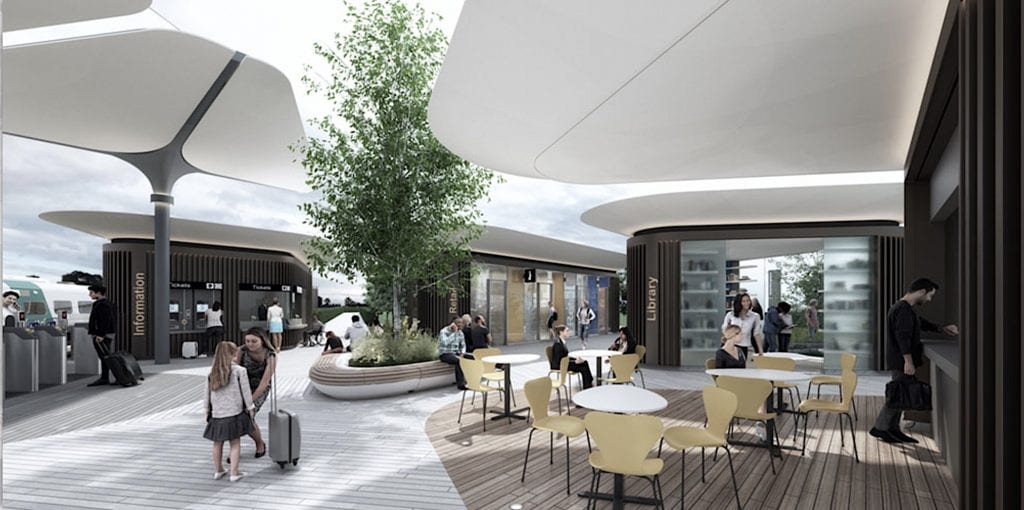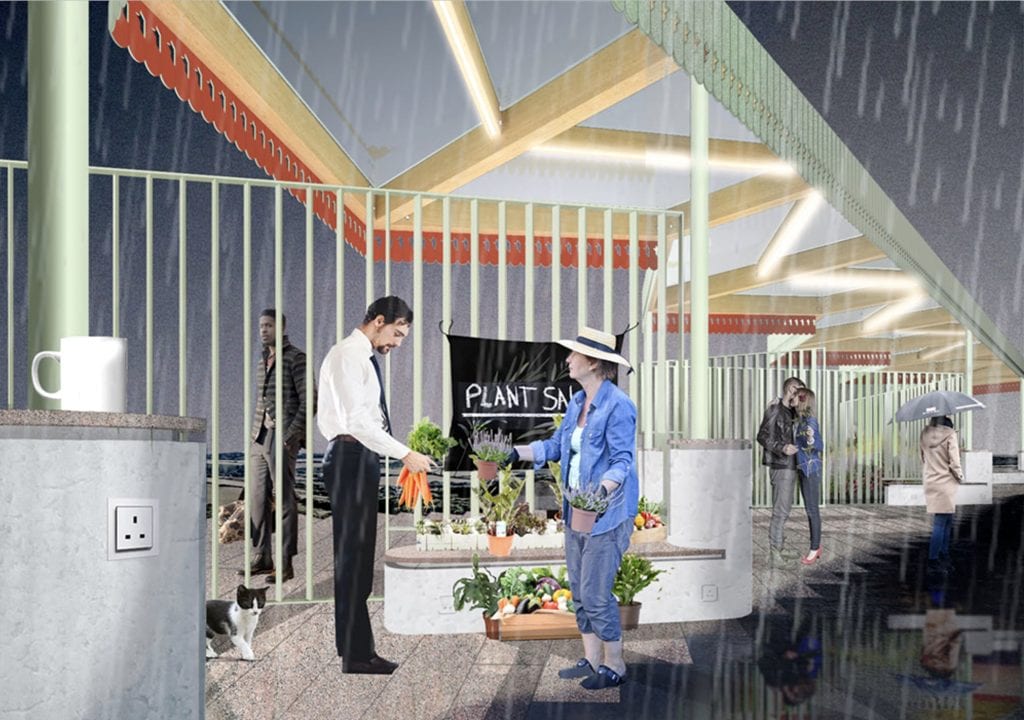From Grand Central Station to King’s Cross in London, railway stations have often represented some of the major architectural accomplishments of our times. But those edifices have been primarily located in great cities. In the U.K. there are over 2,000 stations located in medium-sized, small, and rural communities. Most of those are ‘quick stop’ locations, and not the destination terminals where space requirements often result in state of the art design.
In July of last year, U.K.’s Network Rail, in collaboration with the Royal Institute of British Architects (RIBA) launched a competition to identify a concept for a design that would be suitable for the medium to small-sized rail stations, at the same time updating the program to fit the modern needs of such a facility. The competition was open internationally and received 213 entries from 34 countries last September.
The Competition
The competition program was certainly well researched, and those who participated needed to focus on a design that would basically be a one-design-fits-all concept. They had to keep in mind that the new station would need to accommodate the medium-sized as well as small structure—the latter sometimes at present no more than a small shed. The present station numbers in size are notable:
– Medium Staffed (302)
– Small Staffed (675)
– Small Unstaffed (1,192)
“At Phase 2, design teams were tasked with demonstrating how the concept proposals submitted to the Phase 1 Design Contest could potentially be translated into a solution capable of being adapted to stations of different sizes in rural, sub-urban and urban settings, whilst retaining a consistent ‘national’ design language.”
Obviously not an easy task!
The competition was to be staged in two phases, with five teams to be shortlisted in the final adjudication process. The five teams were:
• 7N Architects, Edinburgh with ARUP, Gardiner & Theobald and Lisa MacKenzie Consultancy
• ARUP, London + MAC.Atelier, Rio de Janiero
• ATKINS, London
• Pascall+Watson Ltd., London with Cundall, Gillespies, LAPD Lighting Design and Fusion
• Workshop Architecture Inc. Toronto with ARUP
The final Solution
According to the sponsor, the winning design by 7N Architects was awarded the tender based on the following:
“The Evaluation Panel commended the edited-down, elemental form of 7N Architects’ scheme, which by modest means provided shelter to the platform, a clear civic presence, and a simple direct connection with the local community and landscape. The approach went back to basics and deconstructed the idea of what constituted small to medium-sized railway stations and had a strong, simple under-lying logic. In the design aesthetic, the Panel thought that 7N Architects had achieved a good balance of national brand versus local identity. A clear delineation was envisaged in which the trackside elements would provide a consistent national architectural language, with landside elements flexing to reflect local identity and community.
Panel members thought the design had been cleverly pared back to create an open and flexible system which, with minimum component parts, would transform people’s experience of the station. Some elements will require development at the next stage to ensure the widest possible applicability. The Evaluation Panel felt the developed design concept had distilled a hugely complex problem to a simple open system, with the potential to both depict a confident modern transport system and strengthen connection with the communities in which the railway stations are embedded.”
Winning Entry
7N Architects, Edinburgh with ARUP, Gardiner & Theobald and Lisa MacKenzie Consultancy
Finalist
ARUP, London + MAC.Atelier, Rio de Janiero
Finalist
ATKINS, London
Finalist
Pascall+Watson Ltd., London
with Cundall, Gillespies, LAPD Lighting Design and Fusion
Finalist
Workshop Architecture Inc. Toronto
with ARUP
Although some cities have commissioned various architects to design various stations in their metro systems—spreading the wealth around—Network Rail followed the mantra of the Paris Metro, turning to a one-size-fits-all program. This undoubtedly goes a long way towards addressing the budget issue.
Unless otherwise noted, all above images: courtesy Network Rail



























